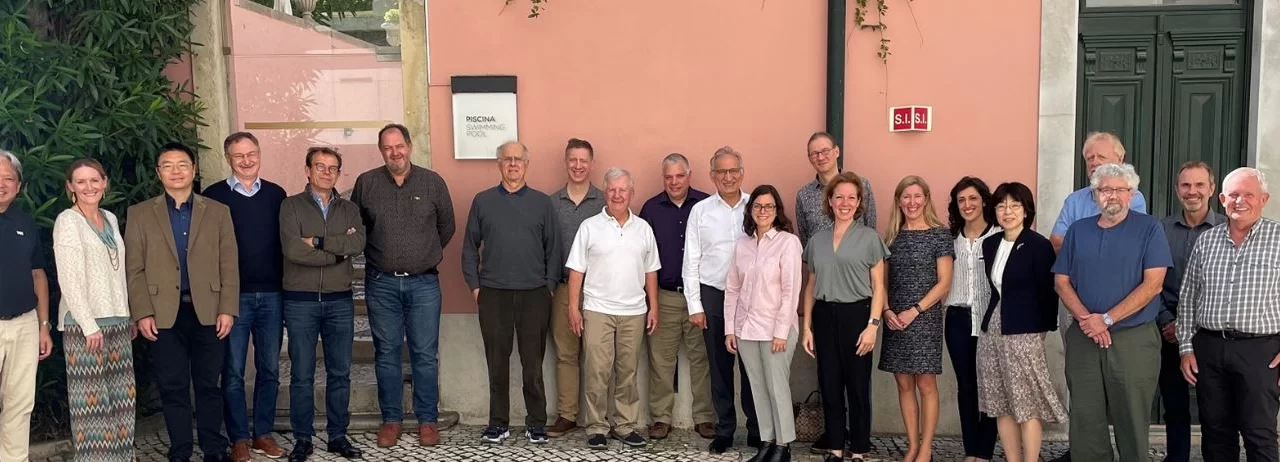
Background
Since the early 1990’s, WHO has organized expert consultations with the objective to harmonize the TEFs for dioxins and dioxin-like compounds on the international level, thereby giving recommendations to national regulatory authorities. TEF expresses the toxicity of dioxins, dibenzofurans and dioxin-like PCBs relative to the most toxic form of dioxin, 2,3,7,8-TCDD. The latest WHO TEFs for dioxin and dioxin-like compounds were established by WHO through a similar expert consultation in 2005.
Since the previous 2005 consultation, a large amount of congener-specific data has been published on estimates of relative potency (REPs) and potential TEF selections. These relative potency data from individual studies have been added to an updated REP database, and these data have been used in a Bayesian meta-regression approach to determine whether or not changes in TEFs would be warranted. The methods applied for this TEF re-evaluation directly follow recommendations made by the 2005 WHO expert consultation.
Preceding the 2022 expert consultation, WHO has worked for more than two years with a group of international recognized dioxin experts to prepare for this meeting. Based on the recommendations of this group, and with the support and collaboration of the European Food Safety Agency (EFSA) – two contractors, ToxStrategies and KeyToxicology, were engaged. These contractors prepared a refined database of relative potency estimates, to develop a consensus-based REP weighting and conducted a peer review of the new data added to the REP database. To further validate the data and models used to refine the TEF values, WHO engaged with experts from the U.S. National Institute of Environmental Health Sciences (NIEHS) to conduct a comprehensive assessment of the Bayesian methods and its application to the REP database. This methodology and level of peer review is unprecedented in the evolution of the REP database. It provides additional confidence in the data that 2022 WHO experts used upon making changes to any of the TEF values. The background data and models used to derive these updated 2022 TEF values will be published in the peer-reviewed literature after the WHO has published the 2022 updated WHO TEF values.
Selection of experts to the expert consultation
In May 2022 WHO launched an open call for experts to serve as members of the ad-hoc October 2022 expert consultation.
The criteria for the selection of experts were based on basic and essential qualifications together with proven competence and expertise in various areas such as toxicology, pharmacology, biochemistry, pathology, epidemiology, molecular biology or statistics with special emphasis on expertise in the field of dioxin-like compounds. More than 30 experts from various regions indicated their interest to take part in the expert consultation and of which 20 experts from various regions were invited to take part in the meeting.
Outcome of the meeting
There was consensus among all the invited experts that the updated REP database indicated a need to reevaluate the 2005 WHO TEF values for dioxins, furans and dioxin-like PCBs. It was furthermore decided that the Bayesian method should be applied to validate the REP database which resulted in higher confidence and certainty in the outcome of the 2022 expert consultation.
The outcome and details of this expert consultation will be published in a peer-reviewed paper in early 2023. What can be revealed at this stage is that the WHO experts concluded that the selection of dioxin-like compounds at the 2005 WHO meeting is at present still relevant and needed to be revisited for possible changes in TEF values.
The use of new data in combination with the Bayesian approach resulted in an update of almost all 2022 WHO TEFs values when compared to the 2005 list of TEF values.
If the combined changes in TEFs are viewed in a risk assessment concept, it can be concluded that this would include a moderate reduction of total dioxin-like toxic equivalencies (TEQs) for chlorinated dioxins, dibenzofurans and PCBs.












